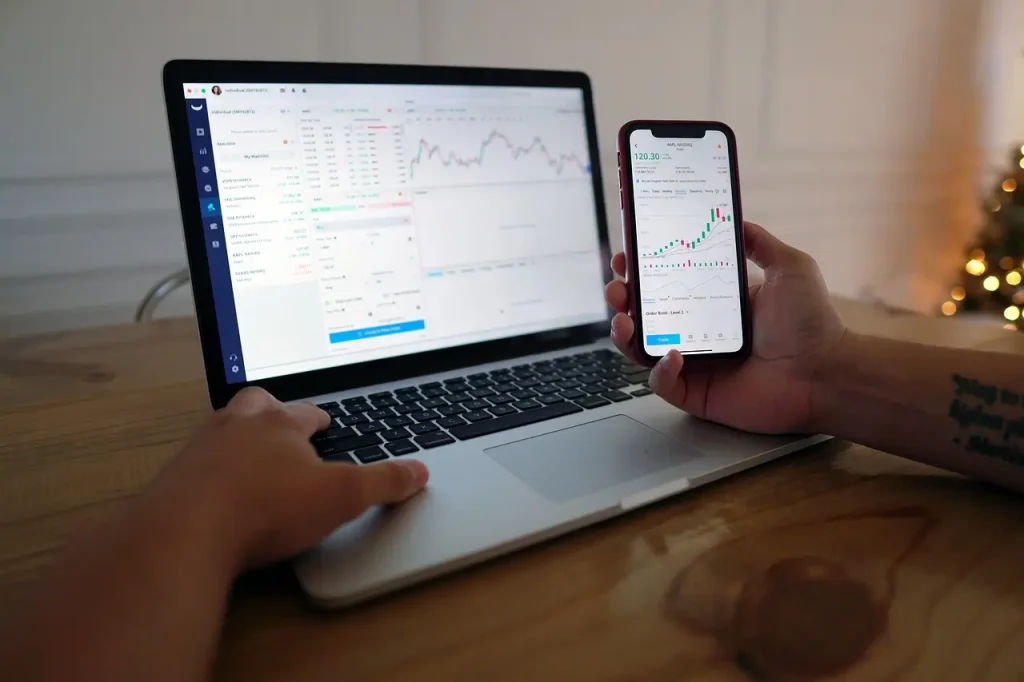Understanding economic data is the key to predicting forex market movements. Reports like GDP, inflation, and NFP shape currency trends, creating opportunities for savvy traders. Let’s explore the most important economic indicators, how they affect major pairs like EURUSD and USDJPY, and how we can use them to make smarter trading decisions.
When we dive into the world of forex trading, we quickly realize that economic data plays a massive role in shaping currency values. Every time a country releases key reports—like GDP growth, inflation rates (CPI, PPI), or employment figures (Non-Farm Payrolls, jobless claims)—traders react, and the market shifts. Some data, such as central bank interest rate decisions, can create immediate volatility, while others, like consumer sentiment reports or manufacturing PMI, influence long-term trends. Understanding how these economic indicators impact currency pairs is essential for making informed trading decisions.
But here’s the catch—it’s not just about the numbers! The market often moves based on whether the data meets, exceeds, or falls short of expectations. That’s why professional traders don’t just look at raw statistics; they analyze market sentiment, central bank policies, and risk appetite to predict future price action. By keeping a close eye on an economic calendar, we can anticipate major forex moves before they happen.
Want to master the art of trading around high-impact economic news? Let’s explore how each report affects the forex market and uncover strategies that help us stay ahead of the game. 🚀
Economic indicators are the heartbeat of the forex market, giving us clues about a country’s financial health and future currency strength. When we interpret these signals correctly, we can anticipate market movements and stay ahead of big price swings. Each report has a different impact, from short-term volatility spikes to long-term currency trends. Let’s explore the most important economic reports and how they influence major currency pairs like EUR to USD, USDJPY, and GBP to USD.
GDP growth rate is one of the most significant economic indicators because it reflects the overall economic performance of a country. When GDP rises, it usually signals a strong economy, which can lead to a stronger currency. On the flip side, a slowdown in GDP may indicate weak economic activity, potentially leading to a weaker currency as investors lose confidence.
For example, if the U.S. GDP report comes in stronger than expected, the USD to JPY pair might see an increase, as the U.S. dollar strengthens against the Japanese yen.
Inflation data, mainly measured by the Consumer Price Index (CPI) and Producer Price Index (PPI), tells us whether the cost of goods and services is rising. Central banks watch inflation closely, as it directly influences their monetary policy decisions.
For instance, if the Eurozone CPI report shows inflation rising faster than expected, the EURUSD pair may see an increase, as the European Central Bank (ECB) could respond with tighter monetary policies.
The Non-Farm Payrolls (NFP) report, released on the first Friday of every month, is one of the most closely watched economic indicators in the forex world. It measures the number of jobs added (or lost) in the U.S. economy, excluding farm-related employment.
Savvy traders often use stop-loss orders and economic calendars to prepare for these high-impact releases.
Central banks, such as the Federal Reserve (Fed), European Central Bank (ECB), and Bank of Japan (BoJ), set interest rates to control inflation and economic growth. These decisions directly impact currency values, making them one of the most influential factors in forex trading.
For instance, if the Bank of Japan keeps rates low, traders may sell JPY in favor of higher-yielding currencies like the USD or GBP, influencing the USDJPY and GBPJPY pairs.
A country’s trade balance reflects the difference between its exports and imports. When a nation exports more than it imports, it creates demand for its currency, leading to appreciation. A trade deficit, where imports exceed exports, can have the opposite effect.
For example, if Germany posts a strong trade surplus, the EURUSD pair may see upward pressure, as demand for euros increases.
Economic data isn’t just about hard numbers—it’s also about how people feel about the economy. Reports like the University of Michigan Consumer Sentiment Index and the ISM Manufacturing PMI provide valuable insights into spending behavior and business outlooks.
For example, a positive ISM Manufacturing PMI report in the United States could boost the USD, affecting pairs like USD to JPY and USDCHF.
One of the biggest drivers of forex volatility is unexpected economic data. When a report deviates significantly from forecasts, markets react with sharp price swings. Traders who understand these reactions can seize profitable opportunities.
For instance, if the Federal Reserve unexpectedly raises interest rates, we could see the USD strengthen rapidly against most currencies, causing major shifts in forex trends.
To navigate the fast-paced forex market, we must stay informed about upcoming economic events. An economic calendar helps traders prepare for high-impact data releases, reducing risk and increasing potential profit opportunities.
Many professional traders follow live economic calendars and set alerts for major forex-impacting reports to stay ahead of market movements.
Join thousands of traders who trust VantoFX as their top trading provider. Experience the difference – trade with the best.
Don’t know which account will be best for you? Contact us.

Trading over-the-counter derivatives involves leverage and carries significant risk to your capital. These instruments are not appropriate for all investors and could result in losses exceeding your original investment. You do not possess ownership or rights to the underlying assets. Always ensure you are trading with funds you can afford to lose.